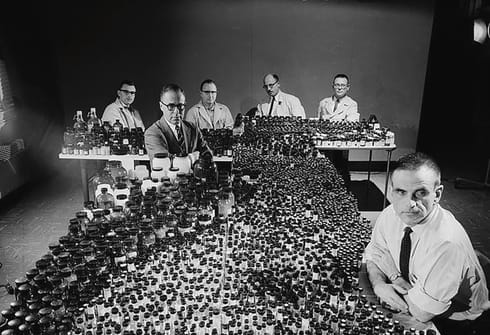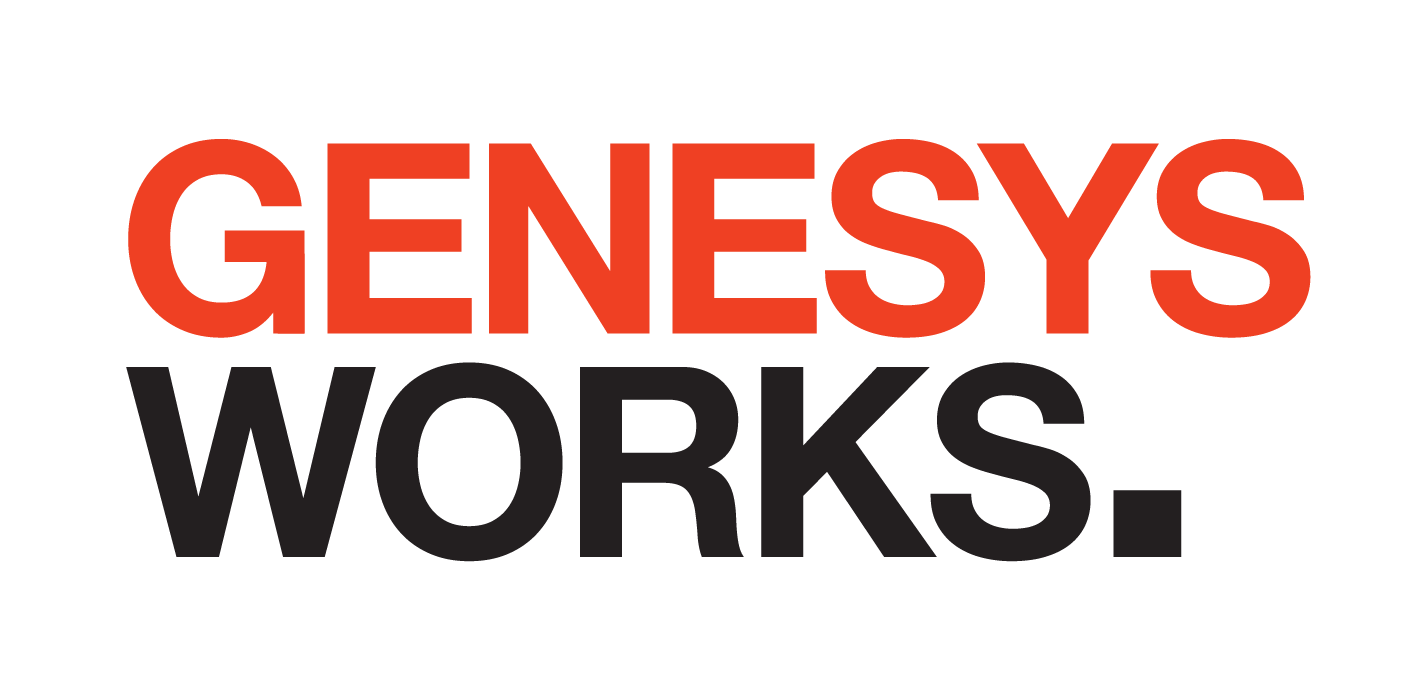
There was historic news last week in the work to eradicate Polio. Africa was declared free from any remaining wild virus, thanks to the tireless efforts of the Global Polio Eradication Initiative and the Kick Polio Out campaign started by President Nelson Mandela in 1996. That year, there were over 75,000 African children across the continent who had been paralyzed by Polio. Now there are none.
You may recall that a vaccine for Polio has been available since 1955 thanks to the team led by Jonas Salk. How could it be possible that, after 40 years, 1,000 children worldwide were still being paralyzed by the disease? When a cure costs pennies and only requires swallowing two drops of a liquid, how could Polio still survive?
We have a funny way of describing the world’s problems. We call Polio “a problem.” The same goes for human trafficking, illiteracy, and any number of other challenges. Each one is “a problem.”But this language doesn’t reflect reality.
For a child in northern Nigeria—the last bastion of Polio in Africa—an infection is the result of many problems: lack of medical infrastructure, armed conflict, lack of education, and remote living conditions, to name a few. But calling Polio “a problem” implies that there is “a solution.” Eradicating Polio for just one child means solving a tangled mess of wicked problems.
And the effort to solve them worked. The ongoing program has been a joint effort of the WHO, CDC, UNICEF, the Gates Foundation, Rotary International, and many others. It’s involved billions of dollars and literally millions of volunteers. It required innovations in GPS-mapping, public messaging, disease monitoring, and even a reinvention of the vaccine in 2009.
Solving these problems is never going to come down to a single invention—like a Polio vaccine—but that doesn’t mean we can’t solve them. It just takes a lot of us working on them.
Is there “a problem” where you can help by solving just one of the many tricky problems it contains?
(If you want to learn more about all the problems needing to be solved in eradicating Polio, I recommend this fascinating TED talk by Bruce Aylward.)
Seeing Good at Work
As Covid-19 still spreads around the world, we don’t yet know the full effect on poorer countries, like in Africa. VillageReach, a last-mile medical provider, has responded with its COVID 411 program to provide training to over 100,000 health care workers in multiple countries.

They’ve also launched a Covid-19 Action Fund to provide PPE to front-line health care workers in Africa.
Promotional Stuff
Because the Good at Work newsletter is just starting out, the most important thing I can ask is for you to share it. If you think someone you know will enjoy reading it, please take the time to send this their way. And thank you for reading!

